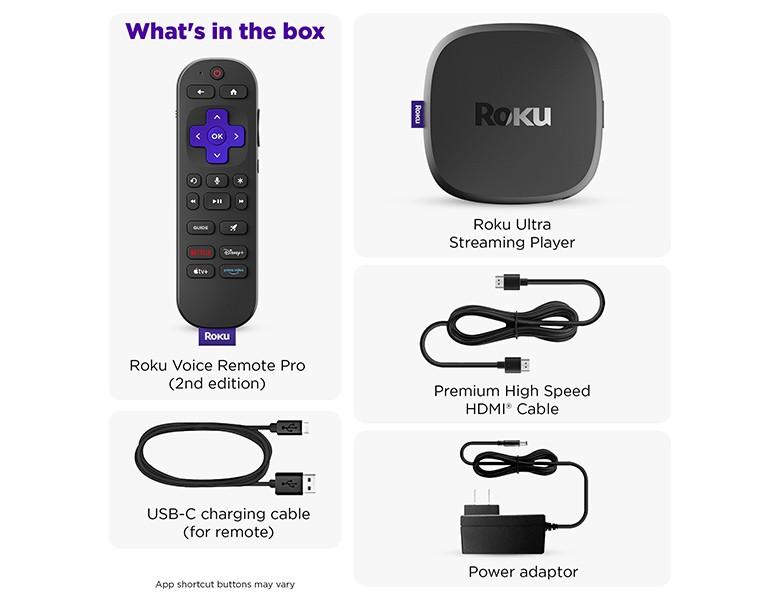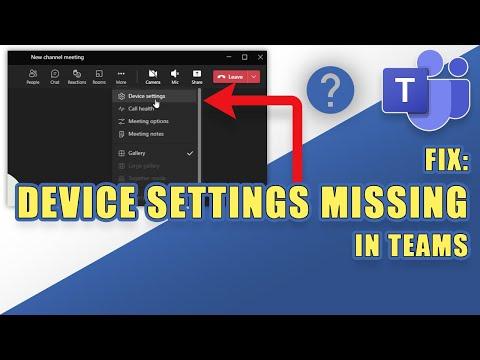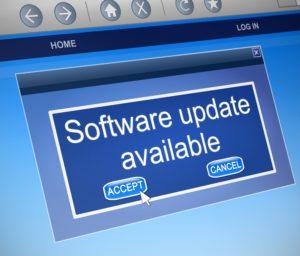In today’s digital age, streaming devices have become essential for accessing a vast array of entertainment options, from movies and TV shows to music and live events. However, like any technology, they are not immune to issues that can disrupt your viewing experience. This article delves into the common problems users encounter with streaming devices and provides a systematic approach to troubleshooting these issues. By understanding the underlying causes and implementing practical solutions, you can ensure a seamless streaming experience and maximize the functionality of your device. Whether you’re facing connectivity problems, buffering, or app malfunctions, our analytical guide aims to equip you with the knowledge to resolve these challenges efficiently.
Identifying Connectivity Problems and Solutions
Streaming devices rely heavily on stable internet connections, making connectivity issues a common hurdle. If your device is buffering frequently or failing to load content, consider the following potential causes and solutions:
- Weak Wi-Fi Signal: Ensure your device is within range of your router. Walls and electronic interference can degrade the signal. Try moving your router closer or using a Wi-Fi extender.
- Network Congestion: Multiple devices using the same network can cause slow speeds. Disconnect unnecessary devices or schedule heavy downloads during off-peak hours.
- Outdated Firmware: Check for any updates on your streaming device. Manufacturers often release firmware updates to fix bugs and improve connectivity.
For persistent issues, resetting your router or switching to a wired connection using an Ethernet cable can provide a more stable and faster connection. Remember, maintaining a reliable internet speed is crucial for an uninterrupted streaming experience.
Addressing Buffering and Playback Interruptions
Experiencing interruptions during your favorite shows can be frustrating. To tackle these issues, start by ensuring your internet connection is stable and fast enough for streaming. Check your router’s position—it should be centrally located to provide optimal coverage. If possible, connect your streaming device via Ethernet for a more reliable connection.
- Reduce Network Load: Limit the number of devices connected to your network while streaming.
- Update Software: Ensure your streaming device and apps are running the latest software versions.
- Clear Cache: Regularly clear the cache on your device to improve performance.
Consider adjusting the streaming quality settings in your app to a lower resolution if buffering persists. Restart your device and router periodically to refresh connections. If these steps don’t resolve the issue, it may be worth contacting your internet service provider to check for outages or additional support.

Optimizing Device Settings for Enhanced Performance
Ensuring your streaming device is set up for optimal performance can significantly enhance your viewing experience. Start by adjusting the video resolution settings to match your TV’s capabilities. For example, if your television supports 4K, ensure that your device is set to output in 4K as well. This can often be found in the device’s display settings menu.
Next, consider tweaking the network settings to improve connectivity. Use a wired Ethernet connection if possible, as it typically offers more stability than Wi-Fi. If you must use Wi-Fi, ensure your device is connected to the 5GHz band for faster speeds. Also, check for any available firmware updates, as these can resolve bugs and improve performance. Additional tips include:
- Disabling unused apps running in the background to free up system resources.
- Clearing the device’s cache regularly to prevent slowdowns.
- Adjusting audio settings to ensure they are in sync with your video output.

Ensuring Software and Firmware Are Up to Date
One of the most overlooked aspects of maintaining a seamless streaming experience is keeping your device’s software and firmware up to date. Regular updates are crucial as they often include important bug fixes, security patches, and performance enhancements that can resolve common streaming hiccups. To ensure your device is running the latest version, navigate to the settings menu and look for the update option. Most devices will provide an automatic update feature, which can be enabled to streamline this process.
- Check for Updates: Regularly verify if your device has pending updates. This can prevent unexpected crashes and improve compatibility with streaming services.
- Enable Auto-Updates: Allow your device to update automatically. This ensures you’re always benefiting from the latest improvements without manual intervention.
- Review Release Notes: Stay informed about what each update includes by reviewing release notes. This can help you understand how updates might impact your device’s performance.
By prioritizing these updates, you not only enhance your streaming experience but also fortify your device against potential vulnerabilities. Consistent updates are a simple yet effective step in troubleshooting and preventing common streaming issues.



